Weekly Tech Recap - № 273 - Starlink Beta, Xbox Series X fridge, Aerox 3, Zoom E2EE and IE had to die
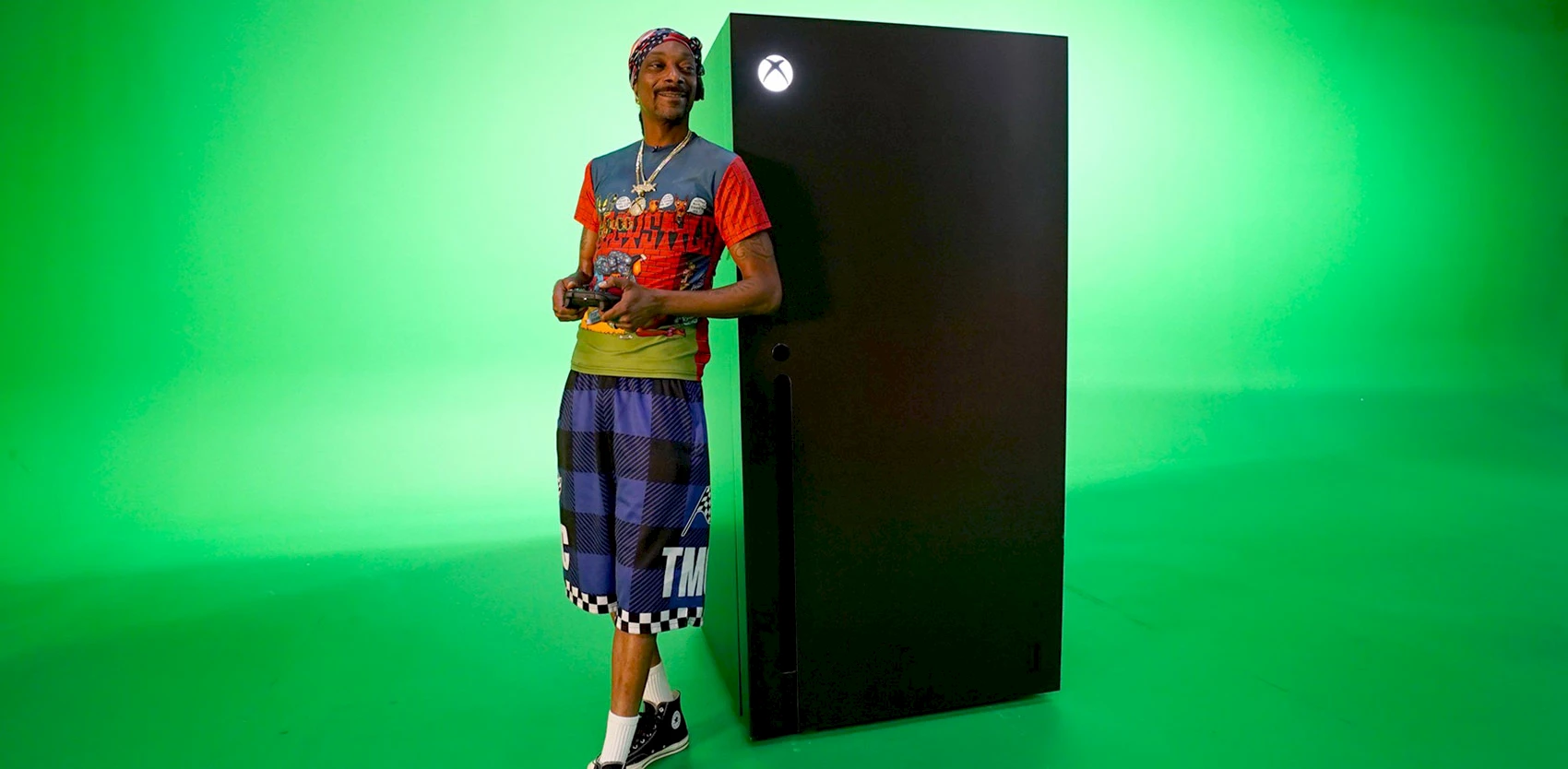
Starlink Beta

© iStock.
On Monday evening, SpaceX began sending out email invitations to a few lucky Americans and Canadians to its Starlink public beta, a programme that aims to eventually provide world-wide Internet coverage from space. To be part of the trial, dubbed “Better Than Nothing Beta” (probably because the coverage, speed and latency are not yet what was promised), users must purchase the ground equipment (a satellite dish and a router) upfront for USD499, plus a monthly subscription, for USD99. The invitation email clarified what users of the beta version can expect from the early Starlink system: “Expect to see data speeds vary from 50Mbps to 150Mbps and latency from 20ms to 40ms over the next several months as we enhance the Starlink system. There will also be brief periods of no connectivity at all.” SpaceX says that both latency and data speed will improve as the company launches more satellites and installs more ground stations to receive the satellite signals. SpaceX hopes to eventually have 12,000 low-orbit satellites to provide continuous broadband service all over the world. So far, it has launched 893 Starlink satellites, 842 of which are operational.
⇨ Ars Technica, Jon Brodkin, “SpaceX Starlink public beta begins: It’s $99 a month plus $500 up front.”
Xbox Series X fridge up for grabs
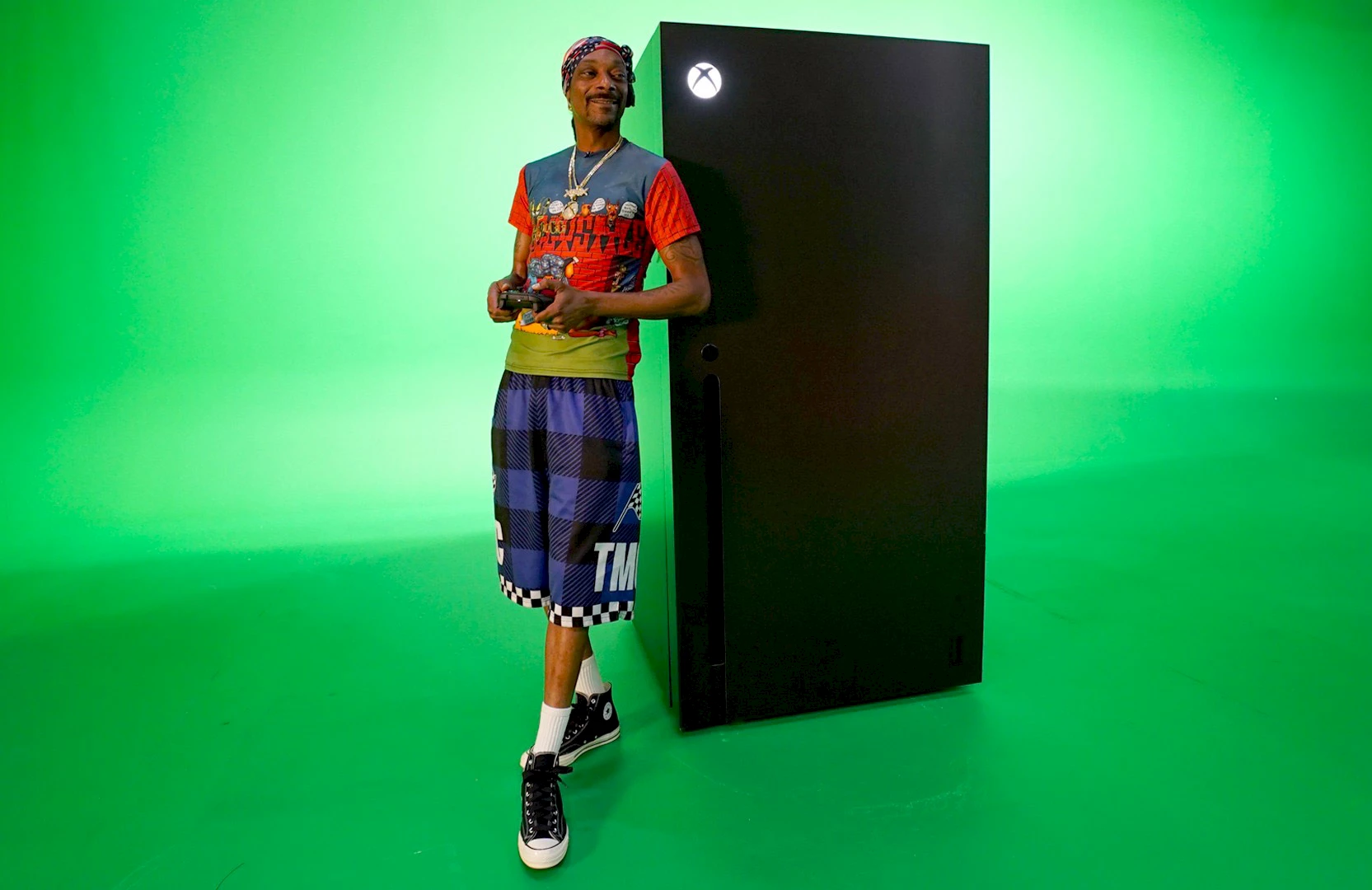
Snoop Dogg seems to enjoy his new refrigerator. © Microsoft.
Since the release of the Xbox Series X almost a year ago, the Internet has been rife with sardonic references to its fridge-like size. So Microsoft doubled down and actually created an Xbox Series X fridge, proving that the console is, in fact, much smaller than a fridge. The fridge is an exact, oversized replica of the Xbox, standing 1.8 meters high and weighing some 180kg. It even has an Xbox logo at the front that lights up, and the Xbox Series X boot sound fires up when you use the disc drive slot to open the fridge door, while the inside glows green. While Microsoft values this fridge at USD499, the same price as the Xbox Series X, you won’t be able to purchase one. Instead, Microsoft is giving away one of the Xbox Series X fridges in a competition, with a winner being picked on November 4th. To enter, just follow their Twitter account (@xbox) and retweet the competition announcement.
⇨ YouTube, “Xbox Series X Fridge – World Premiere – 4K Trailer.”
⇨ The Verge, Tom Warren, “Microsoft made an Xbox Series X fridge that it’s giving away.”
Aerox 3 mouse
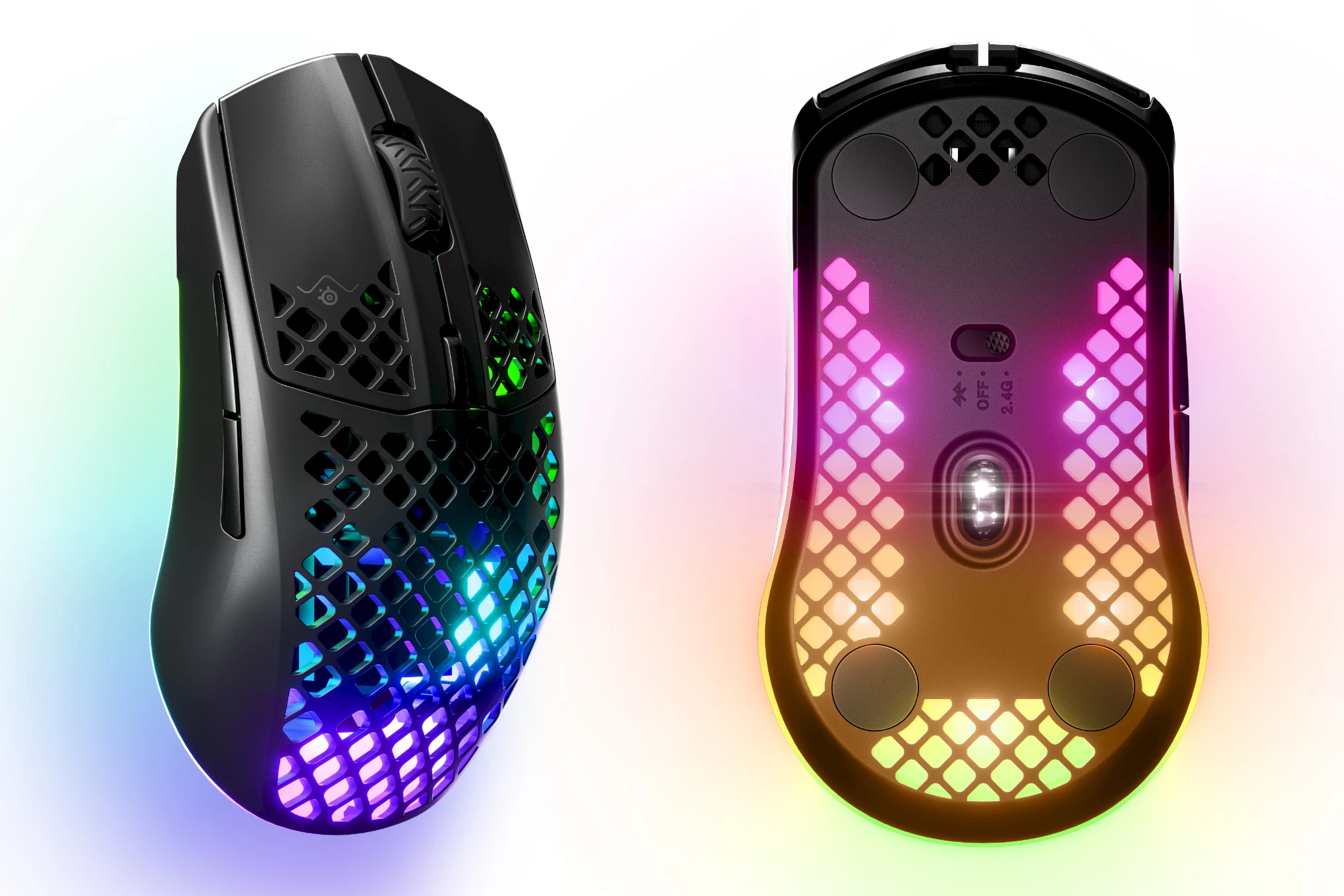
Aerox 3. © SteelSeries.
SteelSeries has released a new family of mice for gamers. The wired Aerox 3 costs USD60, and the tail-less version, USD100. Available as of November 10, these game-changing mice are the first to receive an IP54 rating, making them practically water- and dust-proof. They’re also the company’s first mice to adopt the ever-popular honeycomb shell design, for reduced palm sweats. They’ll also appeal to people who prefer their mice lightweight: the wireless mouse weighs 66 grams, while the wired one weighs 57 grams (minus the weight of the cable). The wireless version recharges via USB-C and lasts 200 hours in Bluetooth mode and 80 hours in 2.4GHz mode. Of course, it comes with RGB lighting, without which it couldn’t credibly be said to target gamers. If cleaning your gaming area is a foreign concept to you, or if you consistently drink (and spill) and play, the Aerox 3 is the mouse for you.
⇨ The Verge, Cameron Faulkner, “SteelSeries’ new Aerox 3 gaming mice are lightweight and water-resistant.”
Zoom safer for all
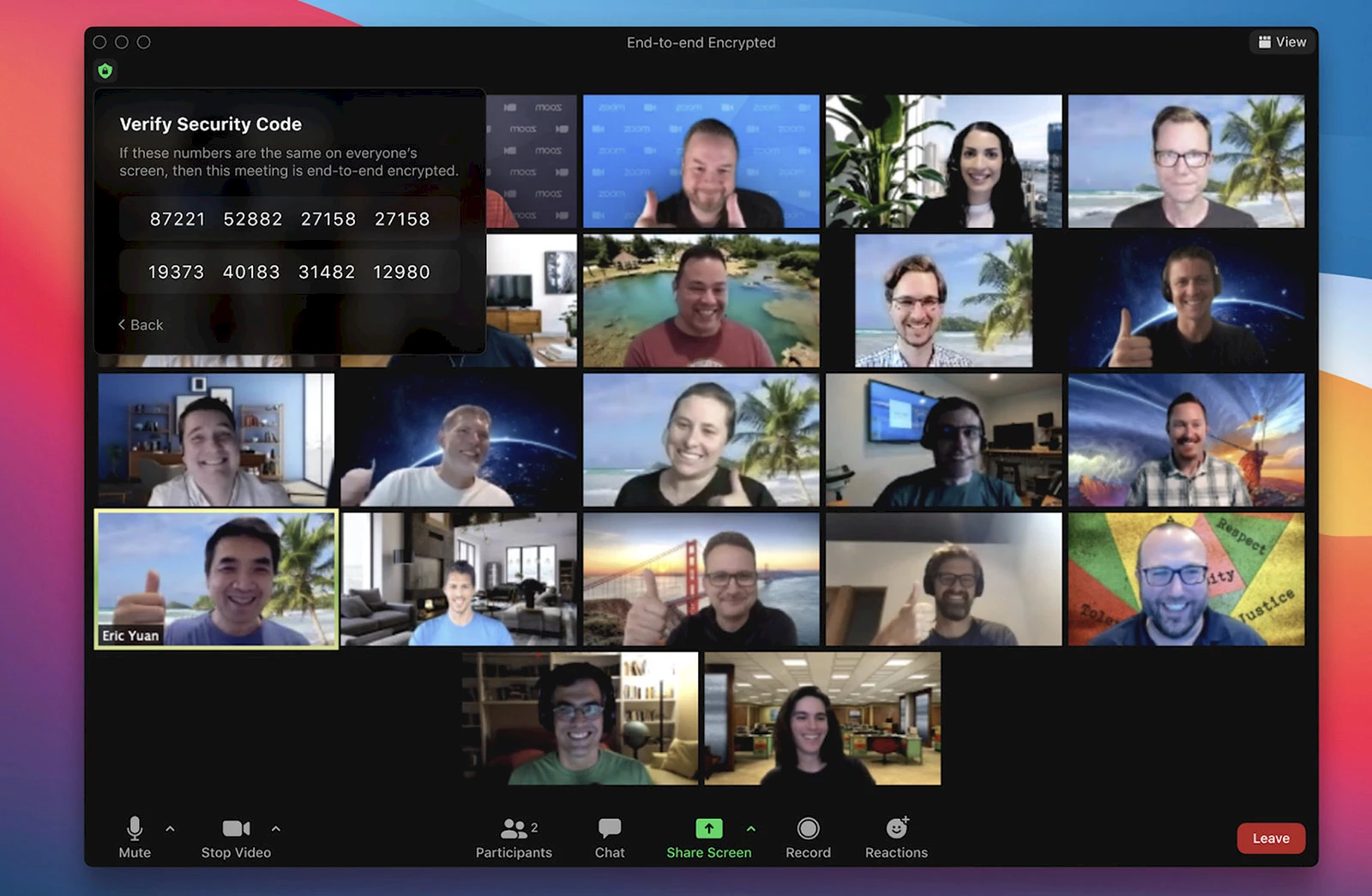
© Zoom Video Communications.
Zoom’s end-to-end encryption (E2EE) has arrived, letting both free and paid users secure their meetings so that only participants, not Zoom or anyone else, can access their content. Zoom says E2EE is supported across its Mac, PC, iOS, and Android apps, as well as Zoom Rooms, but not its web client or third-party clients that use the Zoom SDK. For now, encryption is only available for the “technical preview” versions. Although E2EE meetings are more secure, they don’t work with a few of Zoom’s features. These include its cloud recording, live transcription, polling, meeting reactions, and join before host features. Also, Zoom’s E2EE meetings support a maximum of 200 participants. That won’t affect users on Zoom’s Basic or Pro plans, which max out at 100 participants, but it could be a problem for Business or Enterprise subscribers which would otherwise allow for up to 300 or 500 participants.
⇨ The Verge, Jon Porter, “Zoom’s end-to-end encryption has arrived.”
Die, IE! Die!
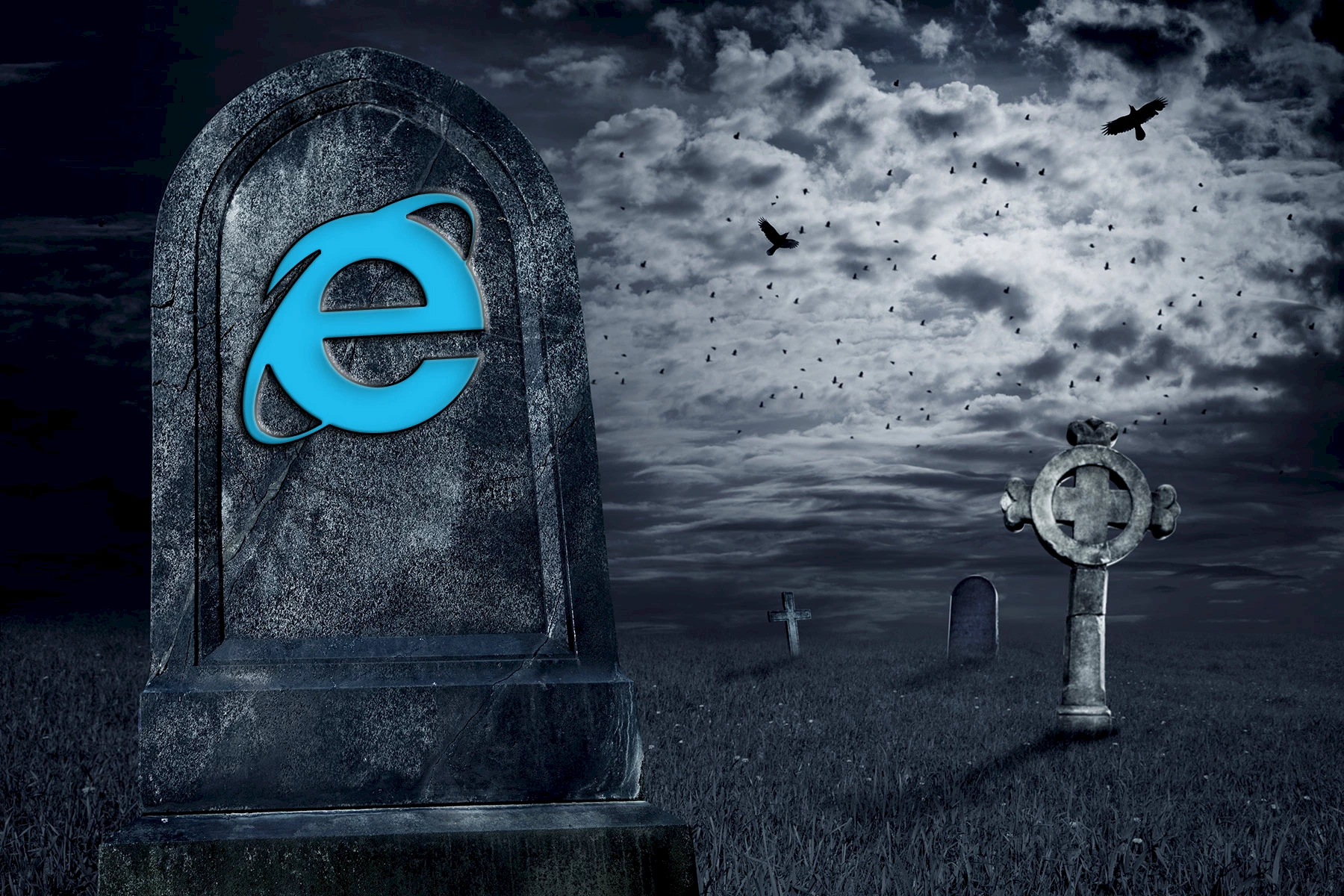
Requiescat in pace. © iStock.
Are you STILL using Internet Explorer? If so, life as you know it is about to end, since Microsoft has finally and mercifully decided to put an end to its agony (IE’s). And to forestall backsliding, Microsoft will make it impossible to access 1,156 sites with IE, including some strategic ones like Facebook, Instagram, Twitter, and YouTube. In fact, you’ll find that Edge launches automagically every time you try to access these sites. Given that older versions of Internet Explorer have been the scourge of web developers for a very long time and that many of them have abandoned all compatibility efforts, and even if generous estimates suggest that Internet Explorer would still account for no more than 5 percent of today’s web traffic, Microsoft’s move cannot be condemned. Obviously, this new action is only available on systems where both Edge and IE are installed. That’s probably why, last June, Microsoft deployed a compulsory Windows update that installed a non-uninstallable version of Edge without waiting for your permission.
⇨ The Verge, Sean Hollister, “Microsoft Internet Explorer users may be surprised when they get redirected to Edge next month.”
⇨ ZDNet, Catalin Cimpanu, “Microsoft will forcibly open some websites in Edge instead of Internet Explorer.”
